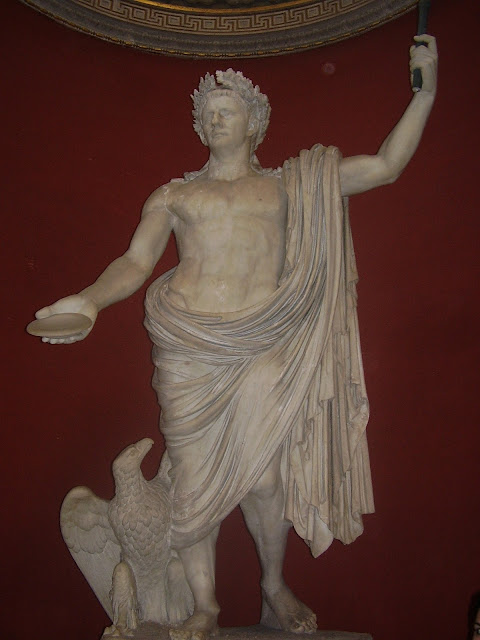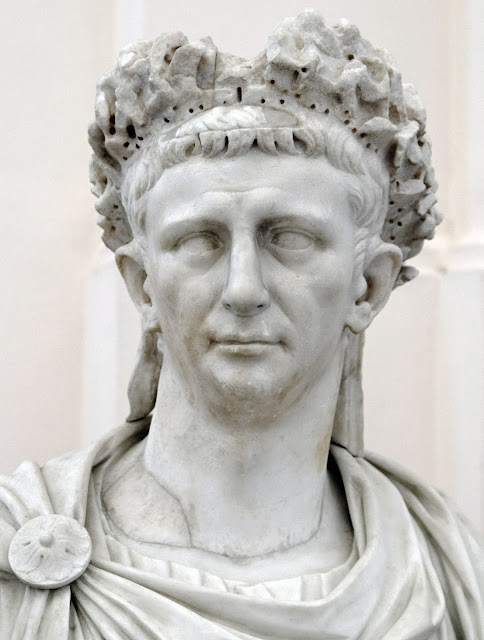 |
| King Richard III, panel by an unknown artist. Encyclopædia Britannica: https://www.britannica.com/biography/Richard-III-king-of-England#/media/1/502498/85002 |
Welcome to another entry in my series on historical figures with disabilities. This week I will be looking at King Richard III of England (1452-1485). He was the last king of the House of York and the last of the Plantagenet dynasty. I must admit, that before I researched this, all I knew about Richard III was that Shakespeare portrayed him as the ‘Hunchback King’. It turns out, things are a tad bit more complicated than I had anticipated. Nevertheless, the show must go on!
Shakespeare’s Richard III
Richard III is perhaps best known from William Shakespeare’s 1592/1593 play, aptly named, Richard III. In this, Richard is depicted as ugly and deformed, being described as a “poisonous bunch-backed toad”, amongst other things. From the very start of the play, it is made clear that there is something different about Richard. His monologue to open the play contains the following lines:
‘But I, that am not shaped for sportive
tricks,
Nor made to court an amorous looking-glass;
I, that am rudely stamp'd, and want love's majesty
To strut before a wanton ambling nymph;
I, that am curtail'd of this fair proportion,
Cheated of feature by dissembling nature,
Deformed, unfinish'd, sent before my time
Into this breathing world, scarce half made up’.
The lines ‘unfinish'd, sent before my time/Into this breathing world, scarce half made up’ are reminiscent of the way Claudius was described, as discussed in a previous post. Disabled people being described as ‘unfinished’ may have been a common theme that ran throughout history.
It was not only in his appearance that Shakespeare’s Richard was monstrous. His actions also made him the villain of the piece. One of the most malicious actions he takes is murdering several of his family members to become king. When the play was written, people believed that deformity was an outward expression of inner moral corruption. Therefore, deformity and being a bad person would usually go together. However, it is worth noting that Shakespeare was writing under Tudor rule, so it was beneficial to discredit their predecessor.
 | |
| Peter Dinklage as Richard III, 2004. New York Magazine. |
Richard III and Attitudes Towards Disability
Some scholars such as Allison Hobgood no longer see Shakespeare’s depiction of Richard III’s disability in a wholly negative light. In fact, she believes it displays signs of a medical model of disability which was beginning to emerge at that time. If you are confused as to what I mean by medical model, you can read my post entitled ‘The History of Disability Terminology’.
Anyway, where was I? Hobgood believes that the play was released at a time of transition. You see, in the Medieval Period (5th – 15th Century) people believed in monsters and that those who were deformed were also monsters. Don’t worry, the topic of disability and monstrosity will definitely feature in at least one blog post. In the Early Modern Period which followed the Medieval Period, a more ‘scientific’ approach was taken to disability. People began to study deformities to find material causes and cures, rather than placing responsibility on God. As such, Shakespeare may have included Richard’s deformities in such detail, so that his audience could analyse and reflect on his deformed body.
The Real Richard III
I was excited to learn more about the manipulative and deformed Richard III, only to discover that in reality, he was hardly even disabled. Archaeologists uncovered his remains from underneath a Leicester carpark in 2012. After analysing his skeleton, researchers from the University of Leicester determined that it was in fact Richard III and he did indeed have a deformed spine. However, his impairments were incredibly mild compared to Shakespeare’s portrayal of him. It is now believed that Richard III lived with idiopathic adolescent onset scoliosis. This meant he had a curve in his spine, resulting in his right shoulder being higher than his left. This, however, would not have caused a hunched back. Researchers also believe that the scoliosis happened sometime after he turned 10 years old. While painful, it would not have greatly restricted daily activity. Channel 4 even showed it was possible for someone with the same condition to ride a horse into battle while wearing customised armour. This meant that Richard was able to ride into the Battle of Bosworth Field against Henry Tudor in 1485, where Richard ultimately died. This battle saw the end of the War of the Roses, between the houses of York and Lancaster. Interestingly, this war also inspired the series Game of Thrones.
I think the moral of the story is, don’t believe everything that a playwright wrote about his monarch’s old rival 400 years ago.
Next week I will examine the disability of Kaiser Wilhelm II of Germany. Luckily, there was no family rivalry there….
The Wheelchair Historian
Further Reading
BBC ‘Richard III: Team rebuilds 'most famous spine' 30 May 2014 https://www.bbc.com/news/uk-england-leicestershire-27610788 Accessed: 21 August 2020.
Bryner, Jeanna, ‘Did King Richard III Undergo Painful Scoliosis Treatment?’ April 19, 2013 https://www.livescience.com/28867-did-richard-iii-undergo-scoliosis-treatment.html Accessed: 21 August 2020.
Duffin, Claire, ‘Richard III, the 'hunchback king’, really could have been a formidable warrior . . . and his body double can prove it’ 17 Aug 2014 https://www.telegraph.co.uk/news/11038600/Richard-III-the-hunchback-king-really-could-have-been-a-formidable-warrior-...-and-his-body-double-can-prove-it.html Accessed: 21 August 2020.
Hobgood, Allison, ‘Teeth Before Eyes: Impairment and Invisibility in Shakespeare’s Richard III’ in Disability, Health and Happiness in the Shakespearean Body, ed. by Sujata Iyengar (London and New York: Routledge, 2014).
Pappas, Stephanie, ‘Did Richard III Really Have a Friendly Face?’ February 08, 2013 https://www.livescience.com/26959-richard-iii-friendly-face.html Accessed: 21 August 2020.
Pappas, Stephanie, ‘Dead King Richard III a Control Freak, Psychologists Say’ March 05, 2013 https://www.livescience.com/27625-king-richard-iii-control-freak.html Accessed: 21 August 2020.
Pappas, Stephanie, ‘How Twisted Was King Richard III's Spine? New Models Reveal His Condition’ May 29, 2014 https://www.livescience.com/45974-model-twisted-richard-iii-spine.html Accessed: 21 August 2020.
Schaap Williams, Katherine, ‘Enabling Richard: The Rhetoric of Disability in Richard III’, Disability Studies Quarterly 29.4 (2009). http://dsq-sds.org/article/view/997/1181 Accessed: 21 August 2020.
University of Leicester, ‘Spine’ https://www.le.ac.uk/richardiii/science/spine.html Accessed: 21 August 2020.



